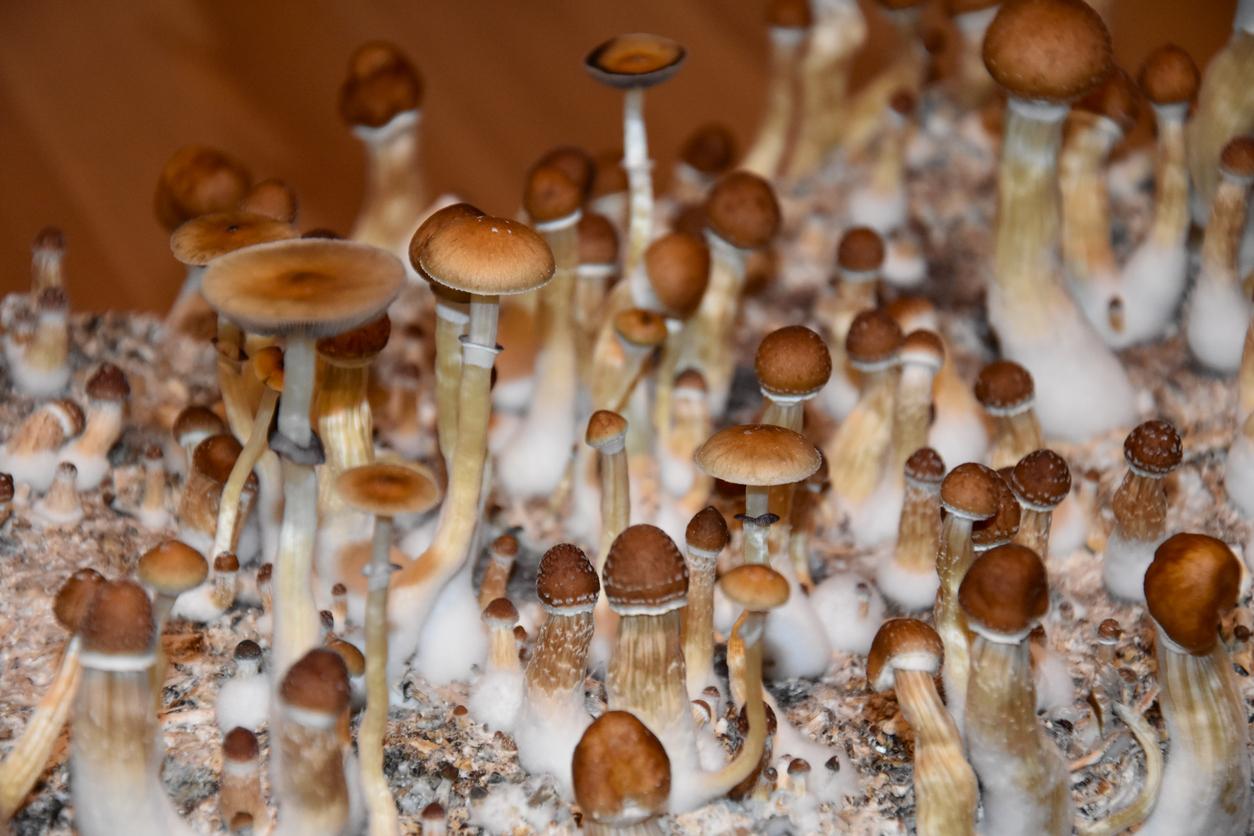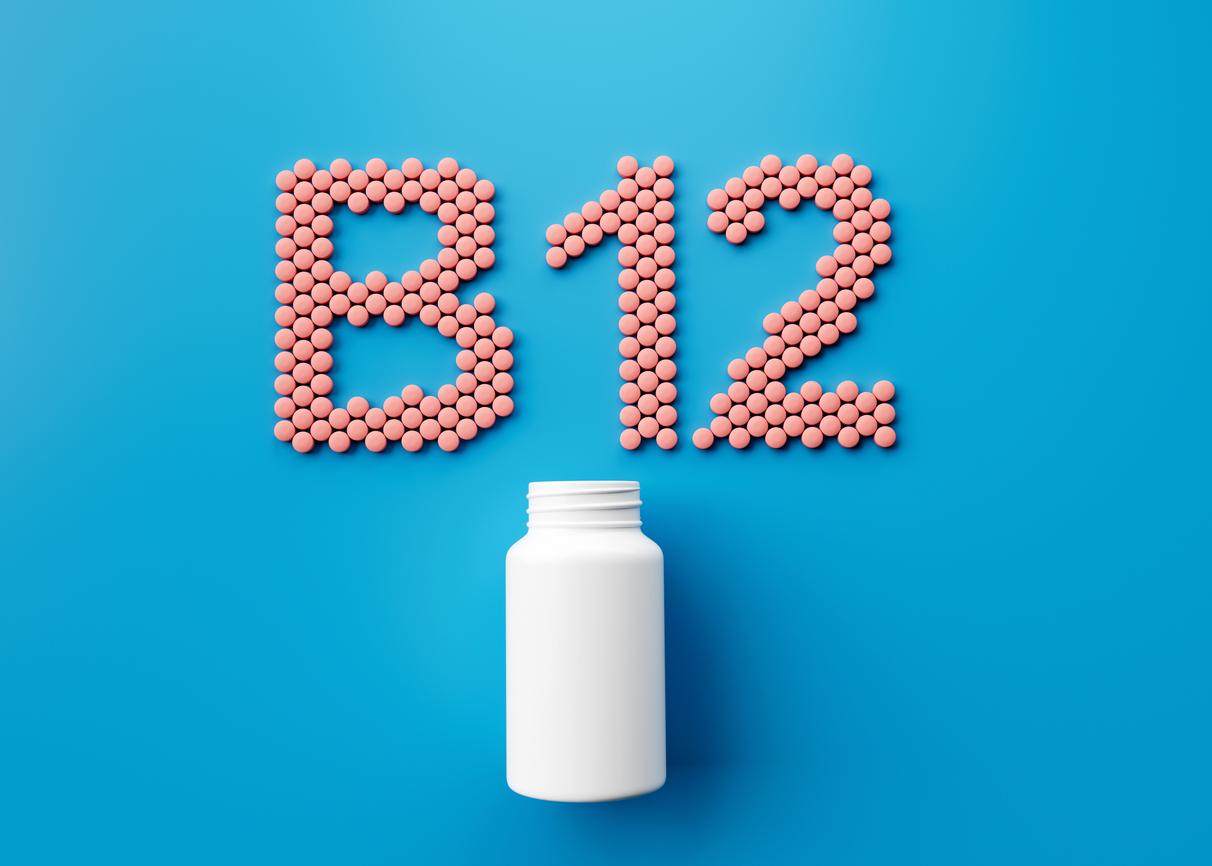Research on the therapeutic potential of psychedelics, such as psilocybin and LSD, have multiplied for a few years. How do they work on the brain? What are the conditions of clinical trials? Risks? Can we expect miracles to treat depression or addiction? Professor Mickaël Naassila, of Inserm, answers us.

Several decades after the ban on psychedelic substances, studies on their medical potential are now on the rise. Combined with psychotherapy, experimental treatments based on psilocybin (the active substance of hallucinogenic fungi) and LSD show promising results to treat resistant depression, alcohol addiction, anxiety … Professor Mickaël Naassila, director of Alcohol research and pharmacospendance group (GRAP) at the National Institute of Health and Medical Research (INSERM), studies the neurobiological mechanisms that hide behind these psychedelics. He takes stock of Why doctor.
Why doctor: Where does this growing interest in psychedelics come from as therapy?
Pr Mickaël Naassila: Psychedelics were experienced and studied from the 1960s, an era when drugs, less taboo, were widely considered as drugs, real psychiatric treatments. In the scientific literature, some suggested that, as we can have hallucinations with alcohol (for example during a Delirium Tremens), it could be relevant to test pro-hallucinatory agents to treat alcohol-repairs in particular. Very quickly, it was a question of alteration of the state of consciousness, of expanded access to the mind. Psychedelics seem to be able to promote an openness to the world, emotional and social. Currently, in the world, a hundred trials – both on animal and humans – explore the therapeutic potential of psilocybin and LSD.
Psychedelics do not modify the reward circuit as do the drugs. They therefore do not induce little or little addiction, and are therefore quite safe.
What is a psychedelic?
Structurally, psychedelics resemble serotonin, a neurotransmitter that plays a key role in mood, emotion, relationships with the outside world. Psychedelics specifically boost the 5HT2A serotonergic receptors, which are involved in hallucinogenic effects. Their molecules will be more or less powerful. What makes psychedelics so interesting on the therapeutic level is that they are not a drug: they do not come to modify the circuit of the reward as the drugs do, therefore do not induce or no addiction , and are therefore quite safe from the point of view of tolerance.
Scientists describe psychedelics as a “brain hack”. How do they work?
Psychedelics, combined with psychotherapy, constitute a new mechanism of therapeutic action. Their effect is not only pharmacological, but it is also “boosting” of psychotherapy. It is not yet known whether the benefits come from psychotherapy, psychedelic or the interaction between the two, because the tests are not conceived as such. We currently explore the correlation between the effectiveness of substances and the intensity of mystical experience: to what extent the hallucinations, the “trip” experienced by the patient contribute to the effectiveness of treatment? The most likely hypothesis is that the combination of the two – psychedelic and therapy – generates a change of state of consciousness, an opening of mind, a lower rigidity of thought. It provides access to the depths of your emotions and its past to identify the sources of its disorders and facilitate psychological interventions. Psychedelic, ultimately, is the interaction between pharmacology and psychology.
In addition to softening the rigidity of thought, psychedelics also increase the sensitivity to the environment: patients will be more able to feel and express their emotions, which will help reduce their depressive symptoms.
Concretely, how can psychedelics help treat depression or alcohol addiction?
First, there is a psychological, behavioral aspect. In the case of depression and addiction, psychedelics play on the activity of neural networks in the cortex, mainly by boosting the 5HT2A receptors. This will help reduce the rigidity of thought, which is a key characteristic of depressive or alcohol patients: they are in automatic mode and struggle to change behavior and method of thinking. In addition to soften this stiffness of thought, psychedelics also increase our sensitivity to the environment: patients will be more able to feel and express their emotions, which will help reduce their depressive symptoms and strengthen their well-being . We are talking about emotional release. The idea is that the person finds flexibility, a capacity for control over their problematic behavior.
Then there are more global mechanisms of cerebral plasticity, of reconfiguring the neural networks. Brain imaging today show that brain connectivity, which is changed in pathologies such as depression and addiction, is reconfigured by psychedelics. There are also changes in plasticity at the morphological level: neurons will establish new connections. Finally, we realized that psilocybin or LSD are selectively attached to the receptors of a growth factor called BDNF (Brain Derved Neurotrophic Factor), very involved in depression and addiction. This is part of the explanations of the common mode of action of psychedelics, on which we could act.
The effects are of course psychotropic drugs, patients describe a real hallucinatory mystical experience. But the doses are scrupulously controlled.
What are the dosages of psychedelics administered during clinical trials? How much is it a “trip”, an inner journey for patients?
The effects are of course psychotropic drugs, patients describe a real hallucinatory mystical experience. But the doses are scrupulously controlled. The LSD is between 100 and 200 micrograms. Psilocybin is between ten and twenty milligrams depending on the participants, around 40 during the second catch, once they observed their reactions. The administration of the psychedelic is done in a controlled medical environment, which can contribute to its effectiveness-what would happen to be administrated directly at the patient’s home for example? There may be risks (cardiovascular effects, psychosis …), but they are quite limited. Despite the hallucinations, there is no problem of respiratory depression or danger in terms of addiction.

In practice, how are clinical trials?
It is first necessary to determine the eligibility of the candidates, by examining the severity of their pathology, their comorbidities, their family history, but also their story of taking psychedelics – the effects being long term, they could interfere. Each selected candidate will benefit from psychotherapy sessions over several days, before being hospitalized for a day to receive the hallucinogenic agent, in the presence of a few people responsible for observing how he lives the experience. Then, the patient will resume his psychotherapy to talk about his feelings, verbalize what he experienced. It is then followed regularly, up to six months after treatment to see long -term effects. The clinical trial can also be accompanied by MRI exams of patients before and after treatment, which makes it possible to see changes in brain structures, in particular in the cortex and the limbic system, regions that play on value that we attribute to drugs, alcohol, and on the treatment of emotions, mood …
Current research explores psychedelics without hallucinatory effects, derived molecules. It is one of the issues.
What does the medical world of psychedelic people think?
As any new treatment, it gives rise to discussions about the reputation and perception of psychedelics, their clinical feasibility, the supervision of patients, etc. Some caregivers and researchers remain skeptical, others are very inclined to offer a new solution to their patients, especially when these resist conventional treatments. At least, psychedelics offer an alternative, an opportunity to test something else. Not to mention that they can create a renewed interest and motivate certain reluctant patients to be taken care of medically.
Let us put that psychedelics one day become drugs like the others. How to imagine hallucinatory treatments without this posing a problem in everyday life?
Indeed, it is a very special assisted psychotherapy, combined with a powerful treatment which acts in the cerebral level and induces a hallucinatory response: that is still a lot! Current research explores psychedelics without hallucinatory effects, derived molecules. It is one of the issues.
Can we expect miracles, or from simple alternatives to conventional treatments?
The results are promising, but you have to be careful. In cases of addiction or depression, pathologies are very heterogeneous. Psychedelics are therefore not necessarily “miraculous” as we could sometimes hear: studies show that they can work in depressed patients but not in others, or only temporarily. Do they work as well in people with very severe addiction, comorbidities, psychiatric disorders …? It is for this reason that we always need new clinical trials, with new populations, to confirm the effects but also to see if all patients respond to them. In Switzerland, they have been using psychedelics for years to treat anxious and depressive disorders, or symptoms related to addiction.

















